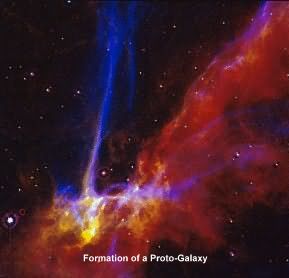
One of the most important and surprising scientific discoveries of the twentieth century was that the expansion of space is not slowing – as had been predicted based on the gravitational pull of all the matter in the universe – but, rather, is increasing with time. This discovery was recognized with the 2011 Nobel Prize in Physics.
Mostly Dark Energy
Though the driver of this accelerating expansion has been labeled “dark energy,” there is much about the phenomenon that researchers don’t understand. We now know that dark energy comprises the bulk of the energy density of the universe, but its existence poses major challenges to our basic understanding of fundamental forces at work in the cosmos. On the other hand, the incorporation of dark energy into the prevailing theory of cosmology has been enormously successful. For example, in earlier cosmological models, the universe appeared to be younger than its oldest stars. When dark energy is included in the model, that problem goes away.
Making Instruments to Measure It
To untangle the complexities of modern observational cosmology, international communities of astronomers, astrophysicists, cosmologists and experimental and theoretical particle physicists – many of them from KIPAC – have joined together in the effort to design increasingly precise instruments to make detailed measurements of the history of the expansion of space. The data gathered by these probes could then be used to devise and test theoretical explanations for the mechanisms underlying the ceaseless expansion of the universe.






